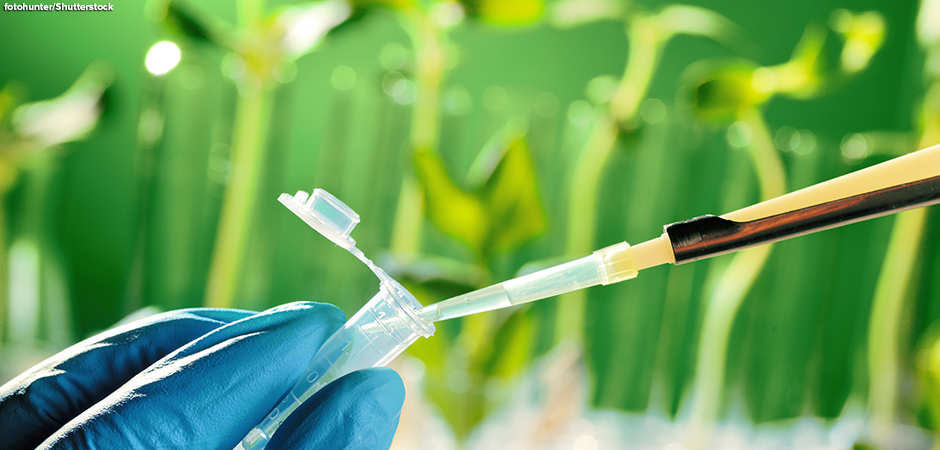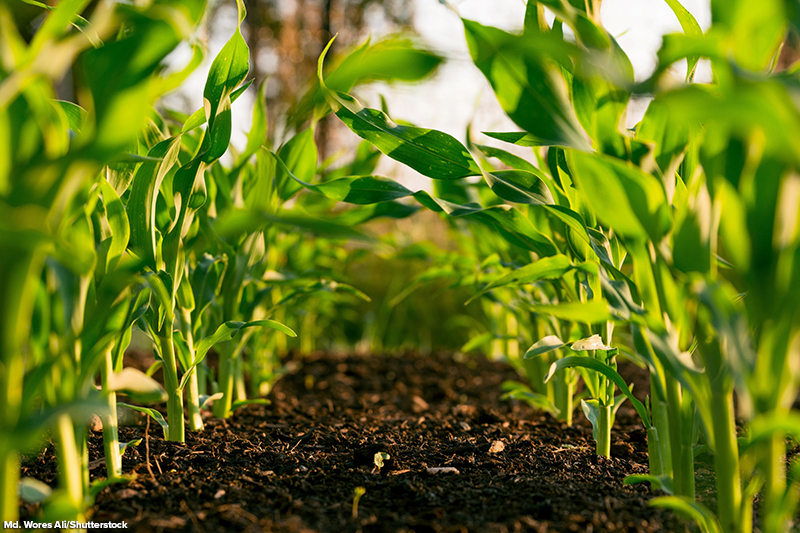
Climate change is altering weather patterns around the world and conditions like rainstorms and dry periods are becoming more extreme. These sudden and dramatic shifts are affecting many industries, especially farming. Farmers in the Asian nation of India have been especially hard hit.
Too Much Rain, Too Little
Weather in the southern regions of India is becoming unpredictable. Heavy rains come suddenly, or not at all. These dry periods without rain, known as droughts, can be just as damaging to crops as too much rain. These chaotic conditions are damaging India’s most important crops like wheat and rice. India produces 14 percent of the global wheat crop and 26 percent of the global rice crop. These grains, which India also relies on to feed its population, need stable weather to reach maturity.
These changes are happening rapidly. As recently as fifteen years ago weather in India was more predictable. Farmers knew when to plant different crops to max their growing potential. They could better prepare for heavy periods of rain or droughts. Now, they can’t be sure. Sometimes, seeds don’t even sprout because of too much or too little rain. Other times, it can destroy a nearly mature crop. For India’s 120 million farmers, this creates serious challenges, and many Indian farmers are struggling to produce a profit. Most farmers in India have small plots of less than five acres. These farmers have been especially affected.
Different Solutions
Some farmers are trying natural methods to cope with climate change. They use natural fertilizers such as manure, or animal waste, along with other organic materials like bone meal. They also plant crops alongside trees for protection from heavy wind, rain, and erosion. But these methods are not foolproof and can still lead to lower yields. A lower yield means crops are producing less food per acre. India’s farmers need something more dependable to grow enough food, so they are also looking at other solutions.

One approach showing promise is the development of climate-resistant seeds. Scientists in India are creating seeds that can better survive drought, heat, and disease. These seeds are being tested and are starting to help farmers produce reliable crops, even with unstable weather. New seeds for crops like rice and wheat are slowly being planted across the country. They produce more, even with less water. The government is promoting these seeds, aiming for at least a quarter of the country’s rice crops to use climate-resistant varieties soon.
While this research in seed development is helping, it has not solved the crisis. Scientists are focused on creating even better seeds to ensure farms can produce enough food despite climate challenges. The government is also working to make sure farmers know about these new seeds, can afford them, and understand how to use them effectively.
